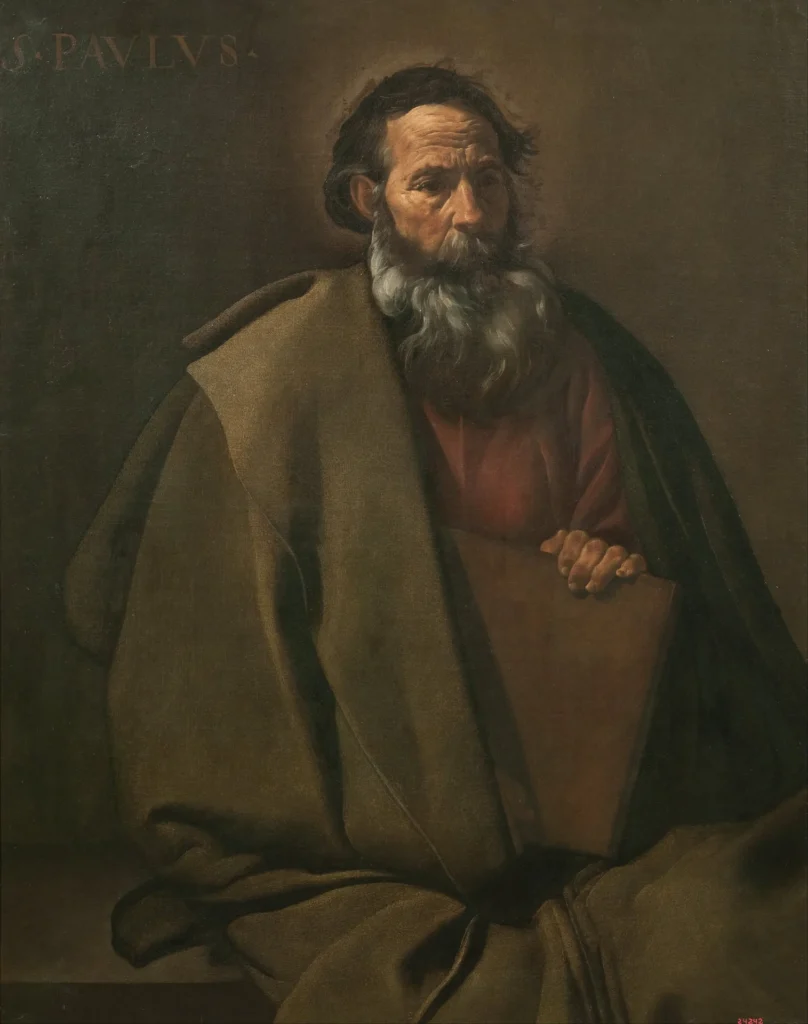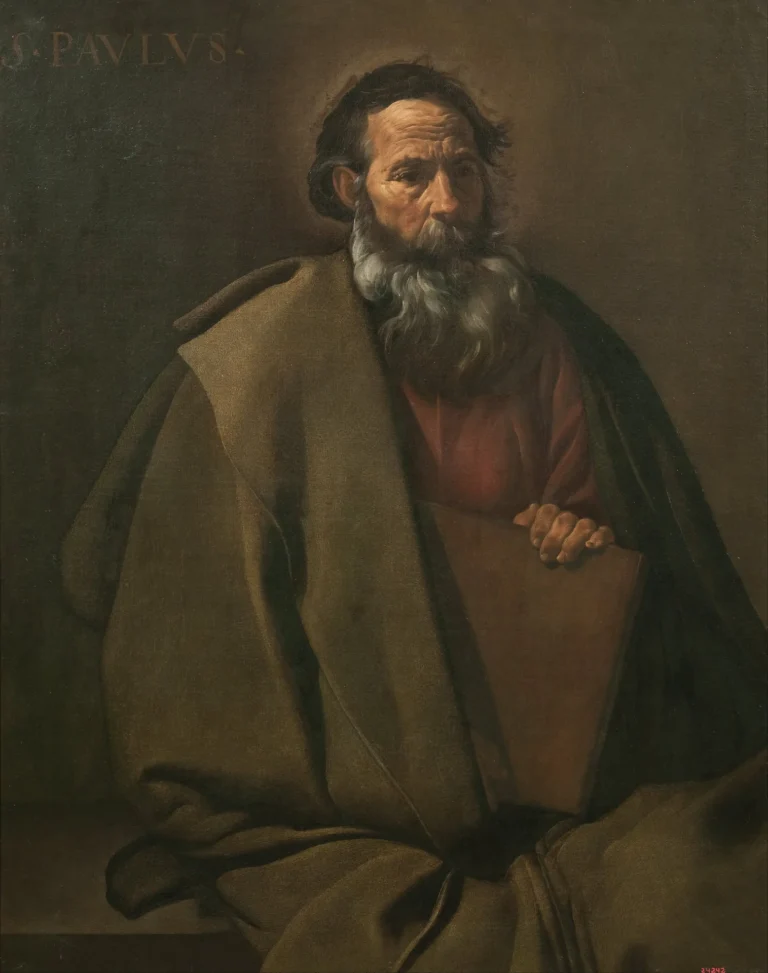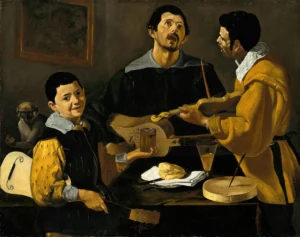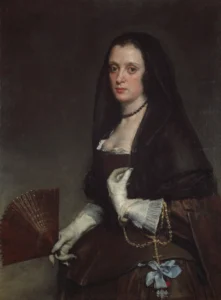Saint Paul (circa 1619)
Saint Paul is an evocative oil on canvas painting by Diego Velázquez, completed around 1619. This artwork portrays Saint Paul seated with a book in hand, symbolizing his role as a significant apostle in Christianity. Velázquez's use of dramatic lighting, influenced by Caravaggio, along with his unique approach of highlighting the intellectual aspect of Saint Paul, sets this piece apart from traditional representations. Currently housed in the Museu Nacional d'Art de Catalunya, it reveals the artist's early mastery and conceptual depth.
1619
About the Artwork
The painting Saint Paul emerged during a pivotal time in Diego Velázquez's career as he prepared to become court painter to King Philip IV. This work is especially notable because it reveals Velázquez's early influences, particularly from the dramatic realism of Caravaggio, and showcases his ability to portray depth in character through the use of light and shadow. Rather than include the usual symbols of martyrdom, Velázquez chose to emphasize Paul's scholarly attributes, celebrating his intellectual contributions to Christianity. Originally believed to be part of a lost series of apostles, this piece captures the essence of Velázquez's artistic development, positioning him firmly in the early 17th-century Spanish Baroque movement.
Did You Know
Liked what you see? Add it to your collection.
Enjoyed reading? Share it.
... continued
Artist and Period
The painting was executed by Diego Velázquez shortly before he left Seville in 1623 to become the court painter to King Philip IV of Spain
Medium and Dimensions
The painting is done in oil on canvas and measures 99.5 cm × 80 cm (39.2 in × 31 in)
Location
It is currently housed at the Museu Nacional d'Art de Catalunya in Barcelona, Spain
Description
In the painting, Saint Paul is depicted seated, wearing a tunic and covered with a thick, brown robe. He has dark hair with a hint of grey, a grey beard, and a face with deep wrinkles. A halo around his head signifies his sainthood. He holds a book, which symbolizes his role as an apostle and a spreader of Christianity. An inscription in the upper-left corner, "S. PAVLVS," clearly identifies the figure as Saint Paul.
Style and Influence
The painting reflects Velázquez's early influence by Caravaggio, particularly in its use of dramatic lighting and earth-tone colors, characteristic of Tenebrism. The natural and authentic representation of the figure, captured directly from nature, showcases Velázquez's mastery of portraiture.
Deviation from Traditional Representation
Unlike traditional depictions of Saint Paul, which often include a sword symbolizing his martyrdom, Velázquez's version shows him with a book, emphasizing his intellectual and philosophical aspects.
Historical Context
The painting is believed to have originally been housed at the Carthusian monastery of Las Cuevas in Seville and may have been part of a series of portraits of the twelve apostles that Velázquez painted while in Seville. However, the rest of the series is now lost.
Artistic Significance
Saint Paul is considered a key work for understanding the influence of Caravaggio's pictorial realism in Spain during Velázquez's early career.










